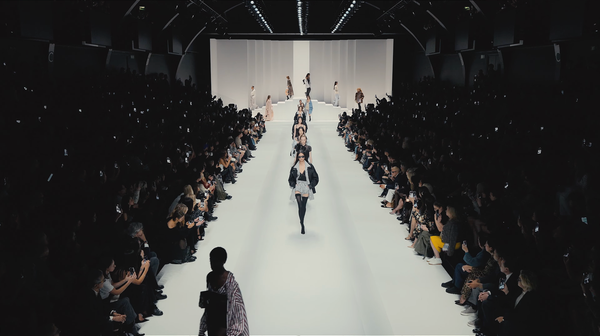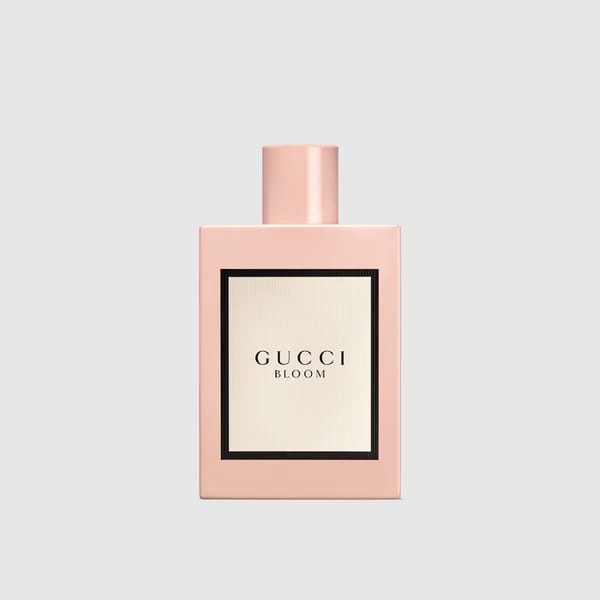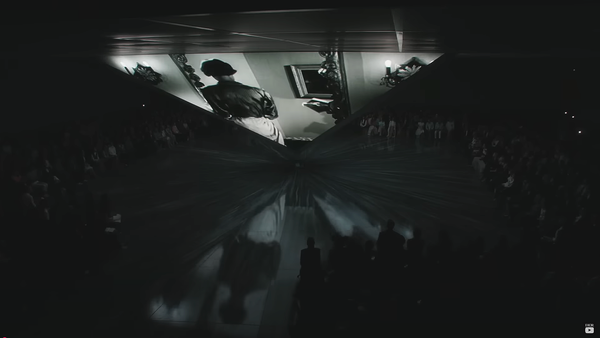The Dying Dream of Luxury Fashion

When prestige fades, what becomes of fashion’s upper division?
Once, a luxury object’s symbolic value transcended its physical worth. You didn’t just wear a logo—you wore an idea: taste, exclusivity, elevation.
Today, hyperreality—the spectacle of luxury without substance—has hollowed out valuable narratives. Representation now shadows authenticity, and prestige is too often treated as a sales tactic.
Why Luxury Started Losing Ground
- Younger generations (Millennials & Generation Z) prize identity over ownership, favoring self-expression over material status.
- With inflation and rising costs, discretionary income is shrinking. Luxury prices have surged—handbag prices on average are up 5–12%—while consumer willingness to pay decreases. Business InsiderFinancial Times
- A growing demand for transparency and ethics is replacing brand worship: modern consumers want values, not just labels.
Eugene Rabinowicz, in Business of Fashion, sounded the alarm:
“The Big Luxury Simulation Is Over”
Luxury can no longer ignore consumer scrutiny—it’s entered an era of simulation, not substance. BainBain
The Luxury Identity Crisis
Luxury’s value once lay in superior workmanship and elite scarcity. But as labels outweighed substance, narratives replaced craftsmanship—brands realized they could sell anything, as long as the tag screamed luxury.
Now, consumers are pushing back: spotting soaring prices, shrinking quality, recycled aesthetics, and recurring scandals. Many are turning to resale—not new luxury goods.
The Rising Appeal of Fast Fashion
Fast fashion isn’t just low-cost—it’s increasingly logically superior:
- Globally, fast fashion is projected to reach $54.85 billion in 2025, with a CAGR of 14.2%, heading toward $138.9 billion by 2032. Coherent Market Insights
- In the U.S., it’s estimated at $46 billion in 2025, rising to $68 billion by 2032. Coherent Market Insights
- Fast fashion brands like Zara, H&M, and SHEIN can replicate runway looks in days, at a fraction of the cost—offering consumers trend, convenience, and choice.
These brands respond to consumer demand swiftly and cheaply—while luxury does not. Millennials and Generation Z are trading prestige for practicality.
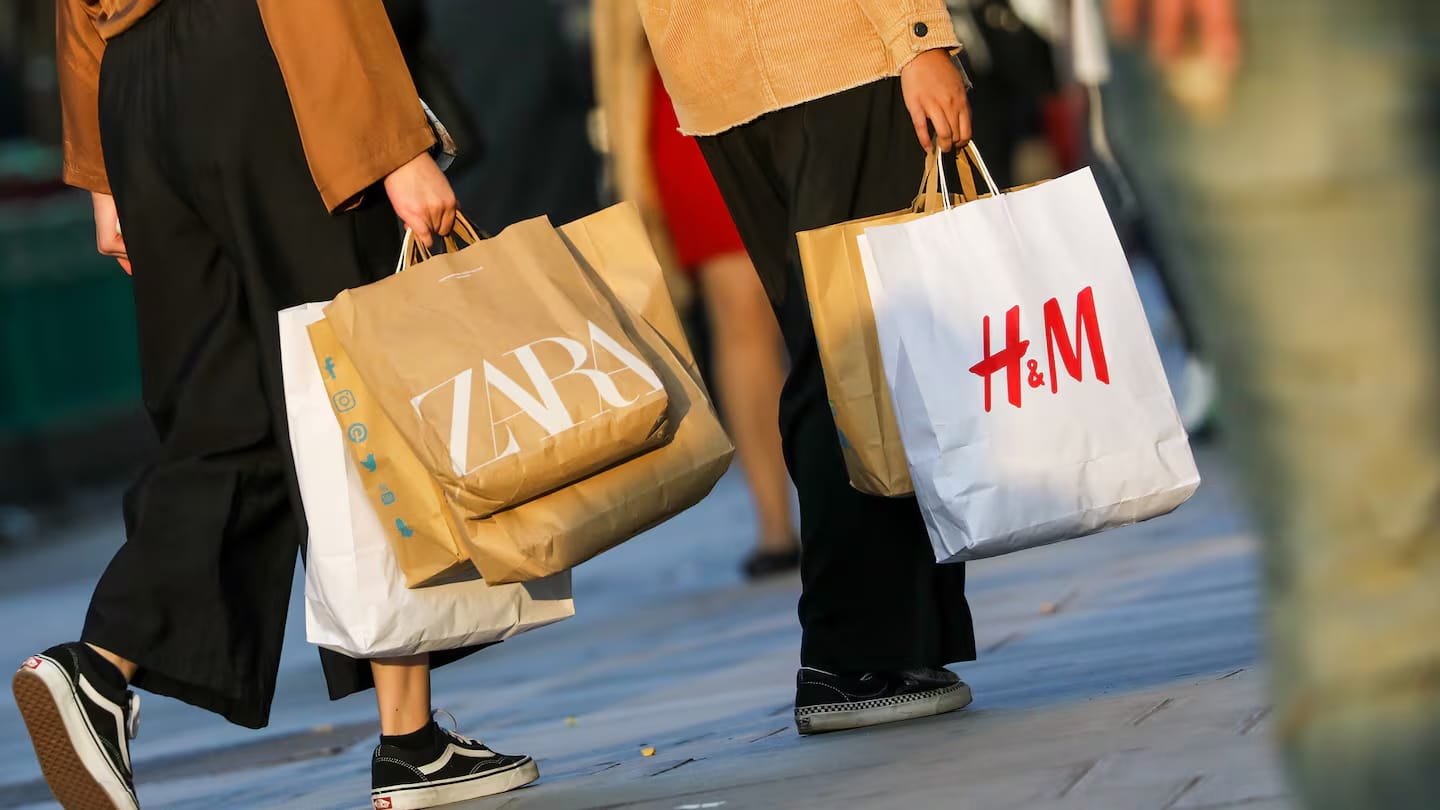
What Happens to the Luxury Market?
Creative churn is rampant—luxury houses are shuffling creative directors (e.g. Balenciaga’s Denma-to-Gucci and Piccioli-to-Balenciaga switch).
Risk aversion has gripped the industry. Experimentation is now a liability.
The traditional fashion pyramid segments each section within the fashion industry based on factors. As you go up the pyramid, the higher the price will be, higher quality, higher exclusivity, higher trend influence, and low production scale.
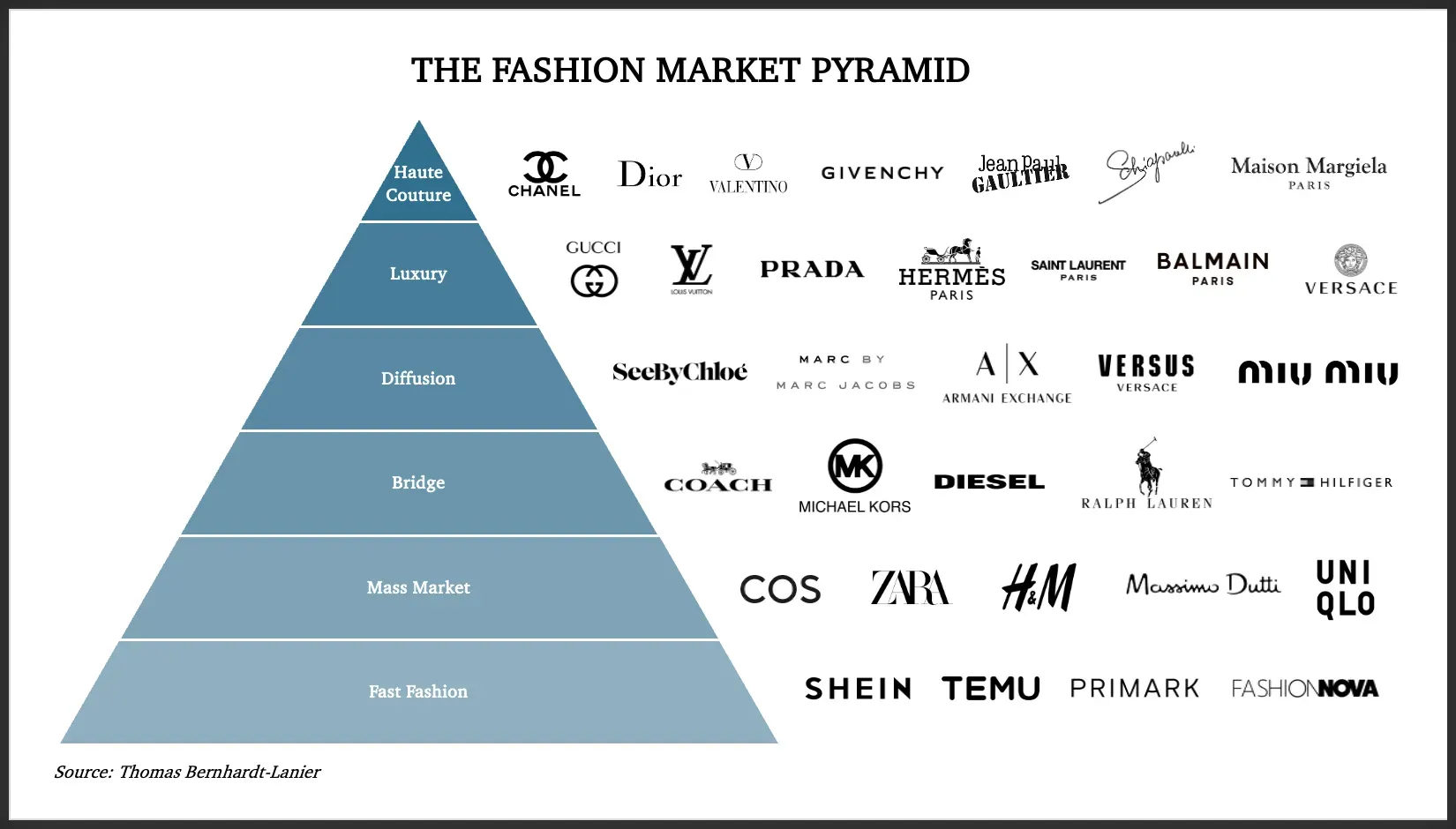
We see the pyramid as it is today:
Haute Couture → Luxury → Diffusion → Bridge → Mass Market → Fast Fashion
But with the dominance in Fast Fashion, we’re moving toward a leaner model. One that could look like this:
Haute Couture → Luxury → Modern Bridge → Mass Fast Fashion
The brands sitting the Diffusion tier will face a direction: Elevate—through tighter quality control with integrated craftsmanship (Luxury), or scale—by reducing retail price, leaning on cheaper materials, and increasing production (Bridge).
In this shift, Mass Market labels become entangled with Fast Fashion—a logistical merge that's already in motion. They're essentially doing the same thing, just at different production speeds and scales.
What This Luxury Collapse Means for the Future
- The luxury sector will shrink, and has shrunken dramatically already. Danziger states the personal luxury goods market has seen a 5% decline in sales. Forbes
- Brand leaders will and are recalibrating: Burberry is rebuilding, Gucci restructured leadership, and luxury firms are navigating pricing strategy. AP NewsReuters
- A big pivot toward quiet luxury—understated, logo-free elegance. But with the risk of alienating consumers who still want visual identity.
Editor’s Reflection
The Luxury fashion market isn’t just losing revenue—it’s losing meaning.
Where artistry once reigned, we see repetition. Political consumerism may shift the needle, but fast fashion makes economic sense in a squeezed climate. Inflation rewards replaceable goods over haute couture at any time. Sustainability may be noble, but when dollars are tight, symbolism falls silent.
Final Thought: Can Luxury Reinvent Itself?
Luxury must evolve—or it will erode. If it cannot offer authentic value, stronger emotional resonance, or tangible craftsmanship, it risks becoming a relic—expensive, but irrelevant.

[Previous Revision] - A Scent That Stayed: 'Eternity Summer' by Calvin Klein (2017)




